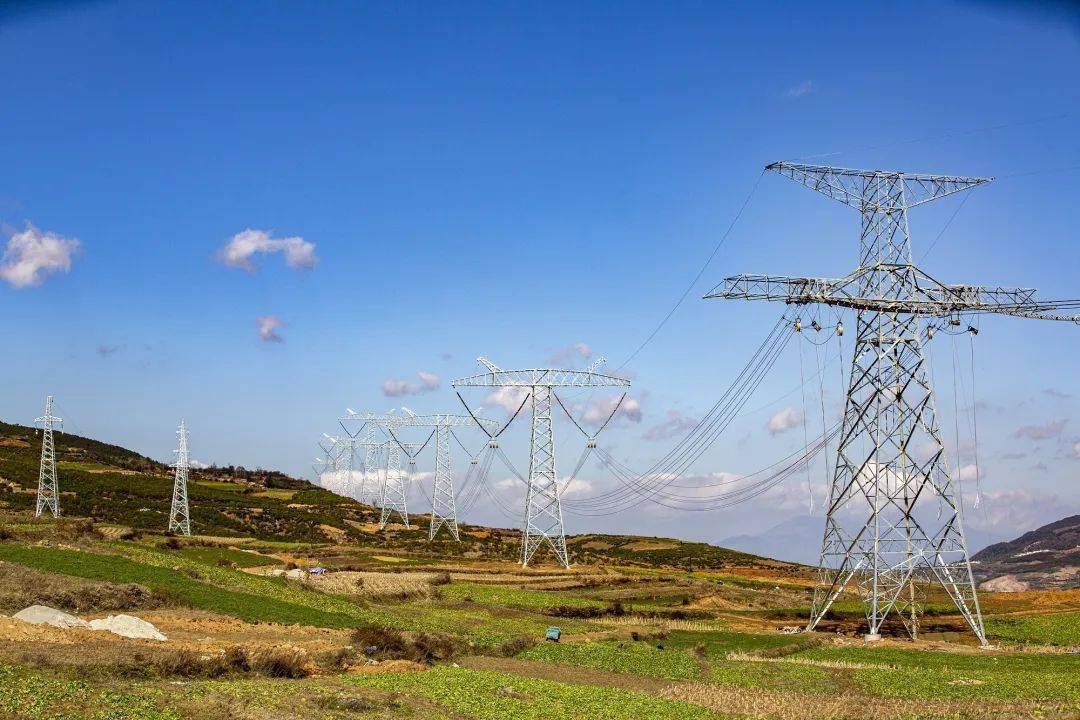
The world economy in 2024 is struggling amidst many challenges and uncertainties, and the performance of the US economy, as an important engine of the global economy, has always been highly anticipated. Standing in the present, looking ahead to the economic situation in the United States in 2025, it can be said that opportunities and challenges coexist, and potential risks and hopes are intertwined.
From a macro perspective, the US economy is expected to maintain a certain level of growth momentum in 2025. The technology industry in the United States is expected to continue leading the global innovation trend. In key areas such as artificial intelligence, biotechnology, and information technology, American companies' R&D investment continues to increase, and the efficiency of achievement transformation is relatively high. For example, giant companies in the field of artificial intelligence are constantly expanding their business boundaries, applying advanced algorithms and technologies to multiple industries such as healthcare, finance, and transportation, creating new economic growth points and employment opportunities. At the same time, if the US government's plans for infrastructure construction can be effectively promoted, it will drive the development of related industries, such as construction, steel, cement, etc., which will usher in new demand and thus drive economic growth.
However, the US economy also faces many thorny issues in 2025. Firstly, although inflationary pressures may have eased compared to before, they are still a sword of Damocles hanging over the economy. The tight labor market leads to rising wages, increased costs for businesses, and ultimately drives up prices. Although the Federal Reserve may adopt a series of monetary policies to stabilize prices, it is extremely difficult to balance the relationship between economic growth and inflation control. If inflation gets out of control again, consumers' purchasing power will be weakened, businesses' investment confidence will also be hit, and the economy may fall into stagflation.
Secondly, the fiscal deficit problem in the United States is becoming increasingly severe. The government's long-term high expenditures, especially in social security, military expenses, and debt interest payments, far exceed fiscal revenue. The huge fiscal deficit not only increases the government's debt burden, but also may cause the market to worry about the credit of US treasury bond bonds. Once the treasury bond market fluctuates, the global financial market will be severely impacted, the interest rate level may rise significantly, and the financing cost of enterprises will increase sharply, leading to slower investment and economic growth.
Furthermore, the tendency towards trade protectionism remains a major challenge facing the US economy. The ongoing trade frictions between the United States and its major trading partners, coupled with high tariffs and trade barriers, have disrupted the stability of global industrial and supply chains. US export companies face the risk of reduced orders and decreased market share, while import companies are under pressure of rising costs. The impact of trade frictions is particularly evident in industries such as agriculture and manufacturing. For example, the export of agricultural products in the United States has encountered difficulties due to trade disputes, resulting in a decrease in farmers' income and an impact on the economy of rural areas.
The trend of the US economy in 2025 has a profound impact on the global economy. On the one hand, if the US economy can maintain stable growth, it will have a certain driving effect on global trade and investment. As the world's largest consumer market, the increase in import demand in the United States will drive the development of export industries in other countries. At the same time, the innovative achievements of the United States in fields such as technology and finance will also be disseminated globally through cross-border investment and technological cooperation, promoting technological progress and industrial upgrading of the global economy. On the other hand, if the US economy falls into recession or experiences a major crisis, it will trigger turbulence in the global financial market, and capital will flow back to the US in large quantities, leading to emerging economies facing problems such as capital outflows, currency depreciation, and increased financial risks. The global trading system will also be severely impacted, trade protectionism may further rise, and the world economy will fall into a sluggish and unstable state.
In addition, the issue of socio-economic inequality within the United States may be further exacerbated by changes in the economic situation. The uneven distribution of benefits brought about by economic growth will lead to the widening gap between the rich and the poor, increased living pressure on low-income groups, and may trigger social conflicts and instability factors. This will not only affect social harmony and political stability within the United States, but may also have negative impacts on the country's economic development, such as weak consumer markets and waste of human resources.
Looking ahead to the economic situation in the United States in 2025, although there are many positive factors, the challenges and risks faced should not be underestimated. The US government, businesses, and various sectors of society need to work together to adopt effective policy measures to address issues such as inflation, fiscal deficits, and trade protectionism, strengthen international cooperation, and achieve sustainable and stable economic growth.

報告顯示,中國電力投資加速增長,預計2024年電網基建投資將超過5300億元。
近日,市場迎來了一則引人注目的消息:工業巨頭3M公司(MMM.N)在本周五公布了其季度業績報告,隨後股價飆升至近兩年來的
最近,外媒給OpenAI算了筆賬,今年可能要血虧50億美元。
近日,巴黎奧運會和世界鐵人三項協會聯合發布了一項重大決定,宣布因塞納河水質污染問題,原定於近期進行的奧運會鐵人三項首次下
當地時間7月18日,法國巴黎發生了一起令人震驚的持刀襲警事件。
近期,一則重大消息在國際舞臺上引起軒然大波,馬來西亞宣布加入金磚國家。
調查發現,互聯網和智能手機的使用幹擾了韓國近五分之一學生的生活。